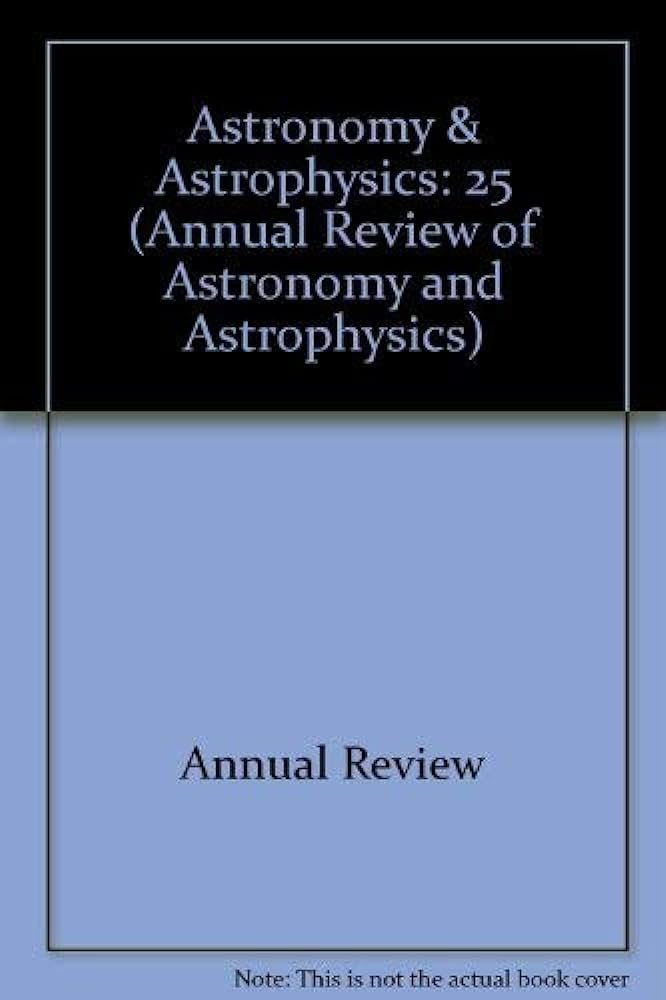新一代测量的光度红移
IF 32.5
1区 物理与天体物理
Q1 ASTRONOMY & ASTROPHYSICS
Annual Review of Astronomy and Astrophysics
Pub Date : 2022-06-01
DOI:10.1146/annurev-astro-032122-014611
引用次数: 16
摘要
光度红移在星系演化和宇宙学研究中都是至关重要的,因为它们可以分析数量过多或微弱的物体,而无法进行光谱学分析。鲁宾天文台、欧几里得和罗马太空望远镜将很快提供新一代成像调查,其覆盖范围、波长范围和深度都是前所未有的。为了充分利用这些数据集,需要在光度红移方法方面取得进一步进展。在这篇综述中,我们重点关注光度红移应用于下一代调查的最大共同挑战和改进前景:▪ 性能的提高(即单个星系红移估计的精度)可以大大加强对星系演化的研究和一些宇宙学探针。▪ 下一代调查的宇宙学测量迫切需要改进表征(即在存在个体红移不确定性的情况下准确恢复星系的红移分布)。为了实现这两个目标,还需要改进光谱红移样品的范围和处理,使高保真度光度红移成为可能。为了充分发挥下一代调查的潜力,与现有技术相比,红移分布的表征必须提高大约一个数量级,这需要在各种方面取得进展。最后,我们对光度红移方法和必要光谱样品的收集如何在不久的将来完成调查时得到改进进行了推测性评估。《天文学和天体物理学年度评论》第60卷预计最终在线出版日期为2022年8月。请参阅http://www.annualreviews.org/page/journal/pubdates用于修订估算。本文章由计算机程序翻译,如有差异,请以英文原文为准。
Photometric Redshifts for Next-Generation Surveys
Photometric redshifts are essential in studies of both galaxy evolution and cosmology, as they enable analyses of objects too numerous or faint for spectroscopy. The Rubin Observatory, Euclid, and Roman Space Telescope will soon provide a new generation of imaging surveys with unprecedented area coverage, wavelength range, and depth. To take full advantage of these data sets, further progress in photometric redshift methods is needed. In this review, we focus on the greatest common challenges and prospects for improvement in applications of photometric redshifts to the next generation of surveys: ▪ Gains in performance (i.e., the precision of redshift estimates for individual galaxies) could greatly enhance studies of galaxy evolution and some probes of cosmology. ▪ Improvements in characterization (i.e., the accurate recovery of redshift distributions of galaxies in the presence of uncertainty on individual redshifts) are urgently needed for cosmological measurements with next-generation surveys. To achieve both of these goals, improvements in the scope and treatment of the samples of spectroscopic redshifts that make high-fidelity photometric redshifts possible will also be needed. For the full potential of the next generation of surveys to be reached, the characterization of redshift distributions must improve by roughly an order of magnitude compared with the current state of the art, requiring progress on a wide variety of fronts. We conclude by presenting a speculative evaluation of how photometric redshift methods and the collection of the necessary spectroscopic samples may improve by the time near-future surveys are completed. Expected final online publication date for the Annual Review of Astronomy and Astrophysics Volume 60 is August 2022. Please see http://www.annualreviews.org/page/journal/pubdates for revised estimates.
求助全文
通过发布文献求助,成功后即可免费获取论文全文。
去求助
来源期刊

Annual Review of Astronomy and Astrophysics
地学天文-天文与天体物理
CiteScore
54.80
自引率
0.60%
发文量
14
期刊介绍:
The Annual Review of Astronomy and Astrophysics is covers significant developments in the field of astronomy and astrophysics including:The Sun,Solar system and extrasolar planets,Stars,Interstellar medium,Galaxy and galaxies,Active galactic nuclei,Cosmology,Instrumentation and techniques,
History of the development of new areas of research.
 求助内容:
求助内容: 应助结果提醒方式:
应助结果提醒方式:


